The debate between fleece and flannel blankets often boils down to personal preference, but it also involves understanding the distinct characteristics of each fabric. Each type of blanket offers different benefits depending on the intended use, climate, and individual comfort preferences. Let’s break down fleece and flannel blankets by their properties, warmth, softness, durability, maintenance, and ideal usage.
Fleece Blankets
Fleece is a synthetic fabric made from polyester. It is known for being exceptionally soft, lightweight, and insulating. Fleece blankets have become incredibly popular in recent years due to their versatility and comfort.
Pros of Fleece Blankets:
Warmth-to-Weight Ratio: Fleece provides a high level of warmth without being heavy. It’s ideal for colder conditions where you need warmth but don’t want to feel burdened by a heavy, thick blanket.
Softness: Fleece is renowned for its plush, velvety feel. It tends to be softer than flannel, making it a great choice for those who prioritize comfort and softness.
Moisture-Wicking: Fleece has moisture-wicking properties, which means it can help keep you dry by drawing moisture away from your skin. This is beneficial for people who tend to sweat during sleep or in more humid climates.
Low Maintenance: Fleece blankets are usually easier to care for than flannel. They are machine washable and dry quickly. They don't require ironing or special care.
Hypoallergenic: Because fleece is a synthetic fabric, it’s generally less likely to cause allergic reactions compared to natural fibers.
Cons of Fleece Blankets:
Synthetic Feel: Some people dislike the feel of synthetic fabrics against their skin, preferring the natural texture of cotton or wool. Fleece can also feel less breathable compared to natural fabrics.
Pilling: Over time, fleece can develop pills (small, tangled fibers), particularly if it is not washed carefully. This can make the blanket look worn out more quickly.
Environmental Impact: As a synthetic fabric, fleece is made from petroleum-based materials, and when washed, it can shed microplastics into the water. This environmental factor is becoming increasingly important for eco-conscious consumers.
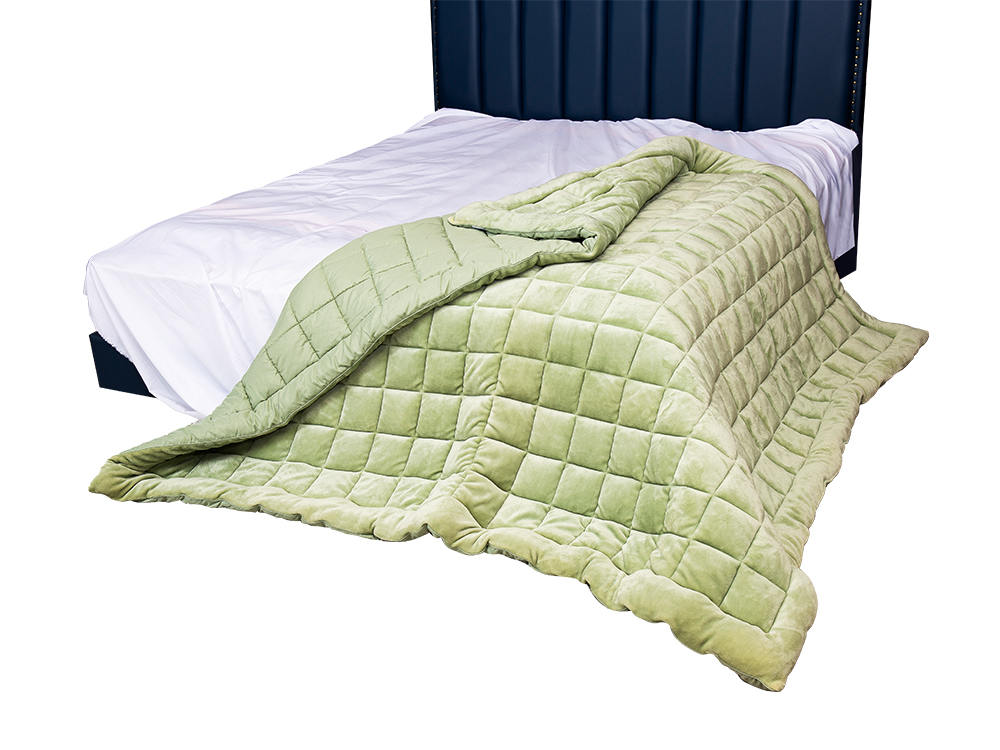
Flannel Blankets
Flannel is a soft, woven fabric traditionally made from cotton or wool. It is brushed on both sides to give it a fuzzy texture, which enhances its warmth and softness. While flannel has historically been associated with shirts and sleepwear, it makes for an incredibly cozy and breathable blanket.
Pros of Flannel Blankets:
Breathability: Flannel is naturally more breathable than fleece. It allows air to pass through, which can help regulate your body temperature. This makes it a great choice for those who want a warm but not overly heated blanket.
Natural Fibers: Flannel made from cotton is a more sustainable option since cotton is a natural, biodegradable material. Wool-based flannel is also an excellent choice for those looking for warmth without synthetic fibers.
Classic Comfort: Flannel blankets tend to have a more traditional and rustic appeal. Many people enjoy the nostalgic, homey feel of flannel, especially in colder weather.
Durability: Flannel is typically a durable fabric. High-quality flannel, especially wool-based, can last many years with proper care. Over time, the fibers become even softer, adding to the blanket's comfort.
Cons of Flannel Blankets:
Weight: Flannel blankets can be heavier than fleece ones, especially if they are made from wool. While flannel is still relatively light compared to other blankets (like down comforters), it may feel heavier and less flexible than fleece.
Wrinkling: Cotton flannel tends to wrinkle, so it might need ironing after washing to maintain a smooth appearance. This might be a dealbreaker for people who prefer low-maintenance fabrics.
Less Moisture-Wicking: While flannel made from cotton is breathable, it isn’t as effective at wicking moisture away from the body as fleece. This can be a downside if you tend to sweat during the night or live in a humid climate.
Not as Soft as Fleece: While flannel is soft, it typically doesn’t match the plushness of fleece, especially if you prefer the feeling of a fabric like fleece, which has a velvety texture.
Which One is Better for You?
The choice between fleece and flannel comes down to your personal preferences and the specific context in which the blanket will be used. Here are some scenarios where one might be better than the other:
For Winter Use: If you're looking for a blanket that will keep you warm in very cold conditions, fleece might be the better choice. Its lightweight construction and excellent warmth-to-weight ratio make it an excellent option for cold weather, especially for people who don’t want to feel weighed down.
For Cozy Nights: If you want something that feels more luxurious and plush, fleece will likely be more appealing. Its softness can create the sensation of being enveloped in a warm, cuddly hug.
For Breathability: If you live in a climate that’s cold but not freezing, or you tend to get hot while sleeping, flannel would be a better option. Its breathability will help regulate your temperature and prevent overheating.
For Durability: For long-term use and durability, flannel made from high-quality cotton or wool can last much longer than fleece, especially if you want a natural fabric that gets softer over time.
For Low Maintenance: If ease of care is your priority, fleece is the winner. It’s machine washable, quick-drying, and resistant to wrinkles. On the other hand, flannel requires a bit more care and can wrinkle easily.
Conclusion
Both fleece and flannel blankets have their own unique advantages and are best suited for different situations. Fleece is the go-to for ultimate softness, lightweight warmth, and easy care, making it ideal for colder climates or for those who prioritize convenience. Flannel, on the other hand, offers a natural feel with breathability, classic comfort, and sustainability, making it an excellent choice for people who want a more traditional, breathable, and eco-friendly option.
Ultimately, the "better" blanket depends on your preferences—whether you value softness, warmth, or environmental impact—and what suits your lifestyle best.





 Français
Français Español
Español Deutsch
Deutsch
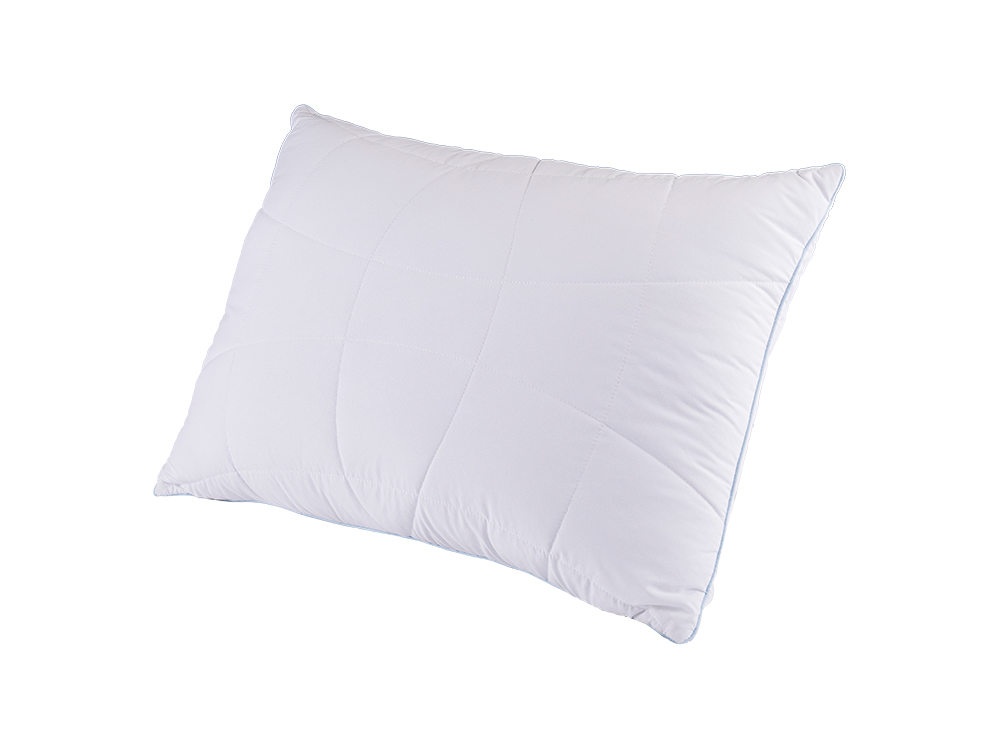
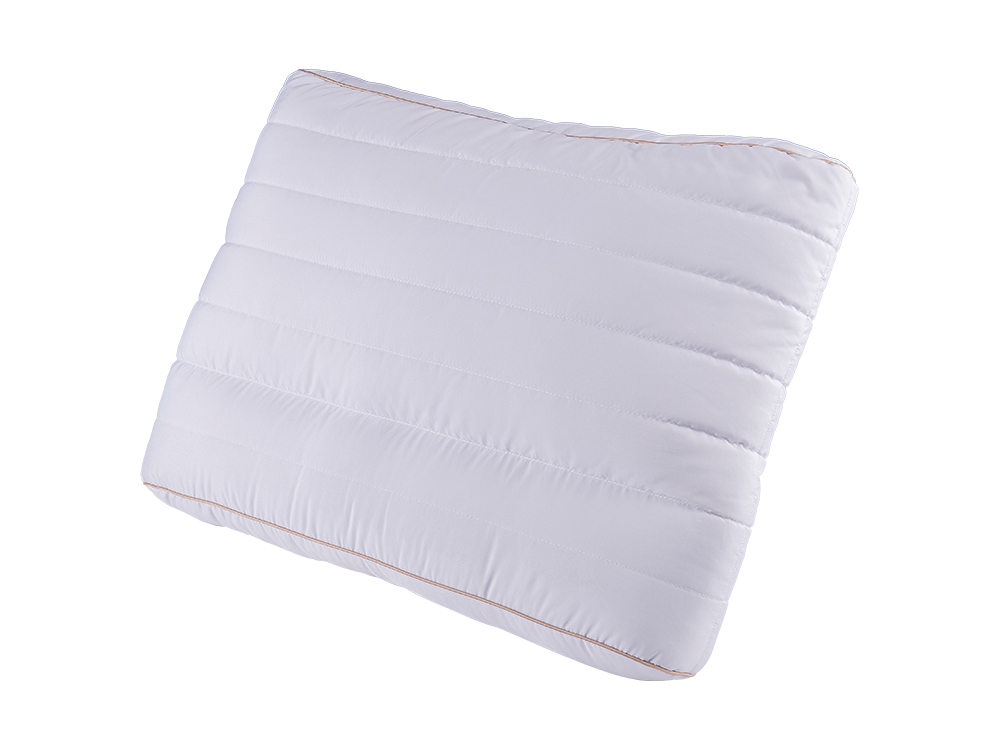
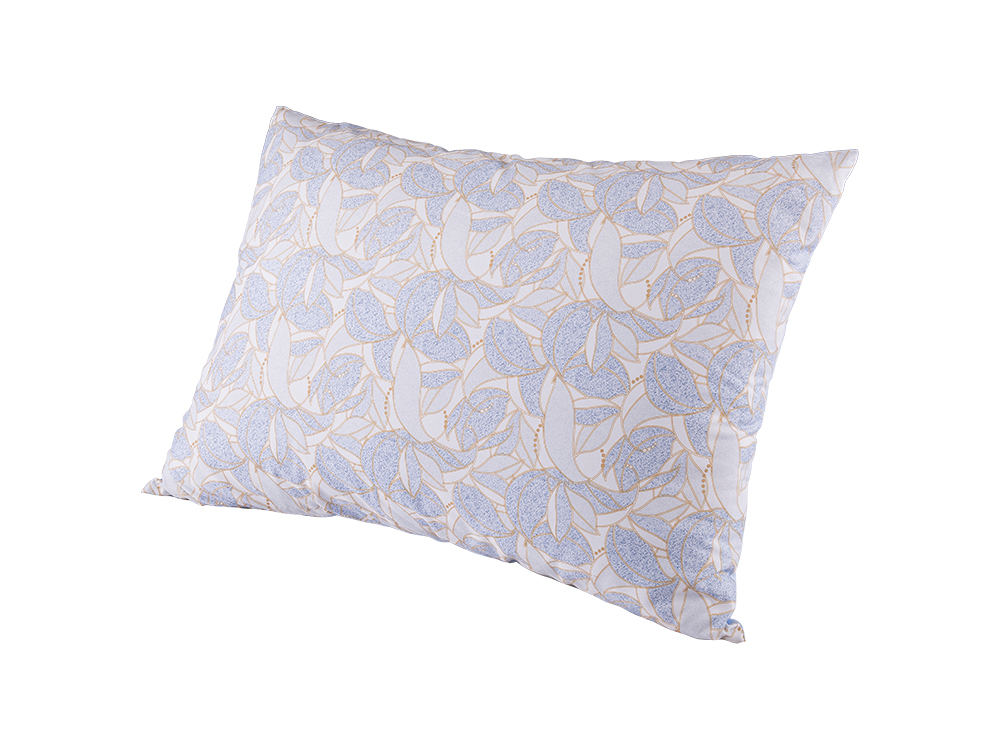

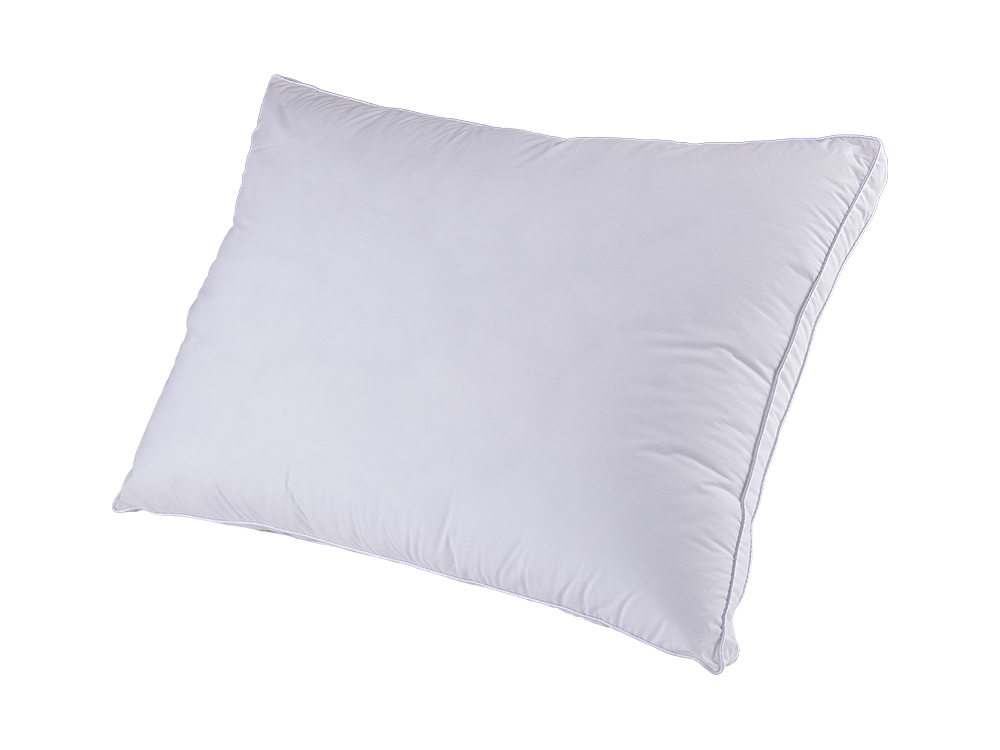
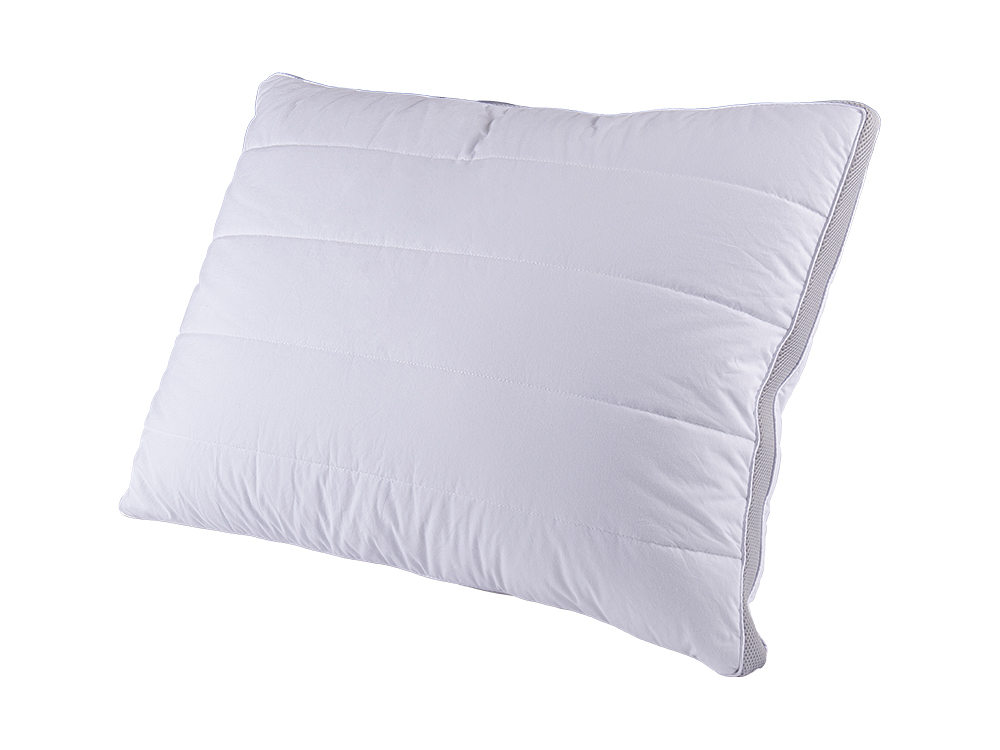
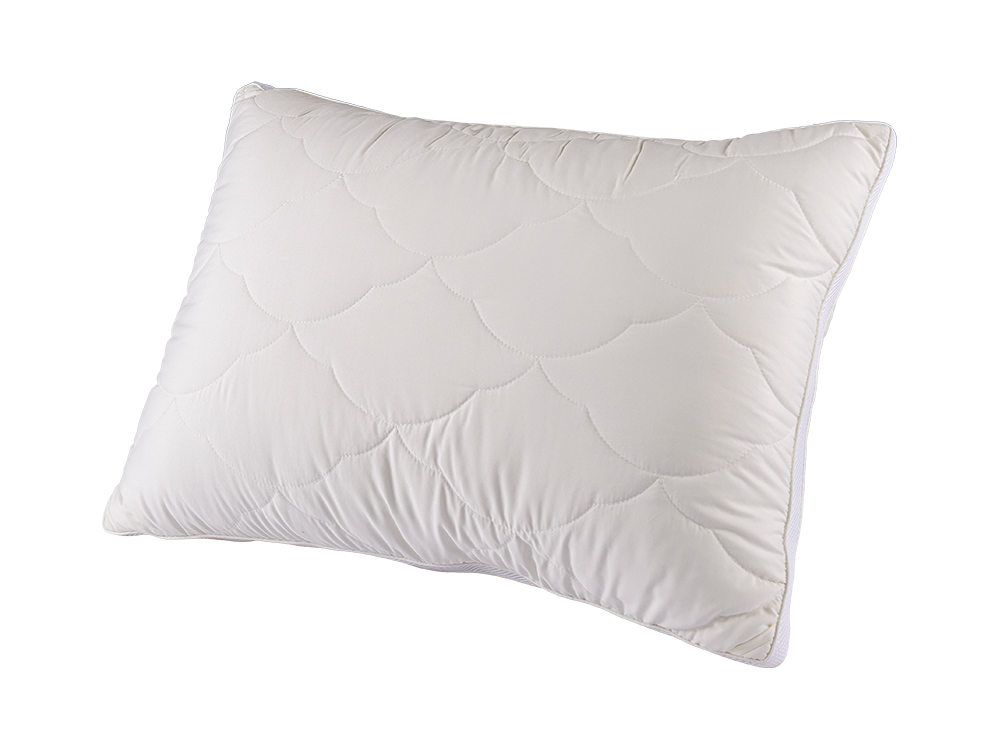
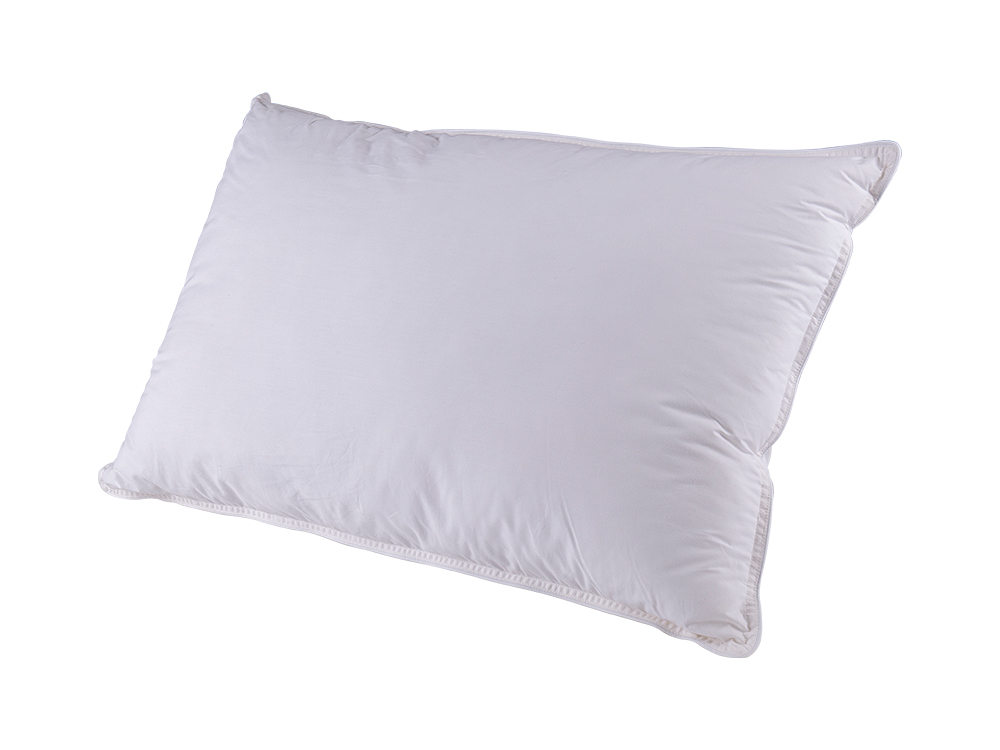
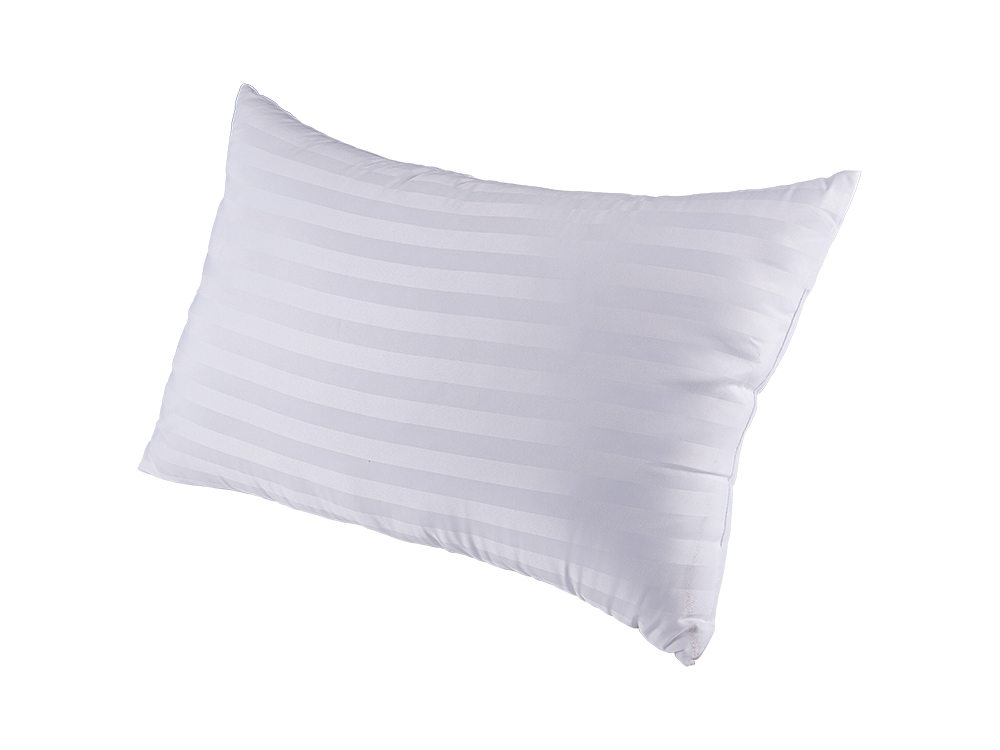
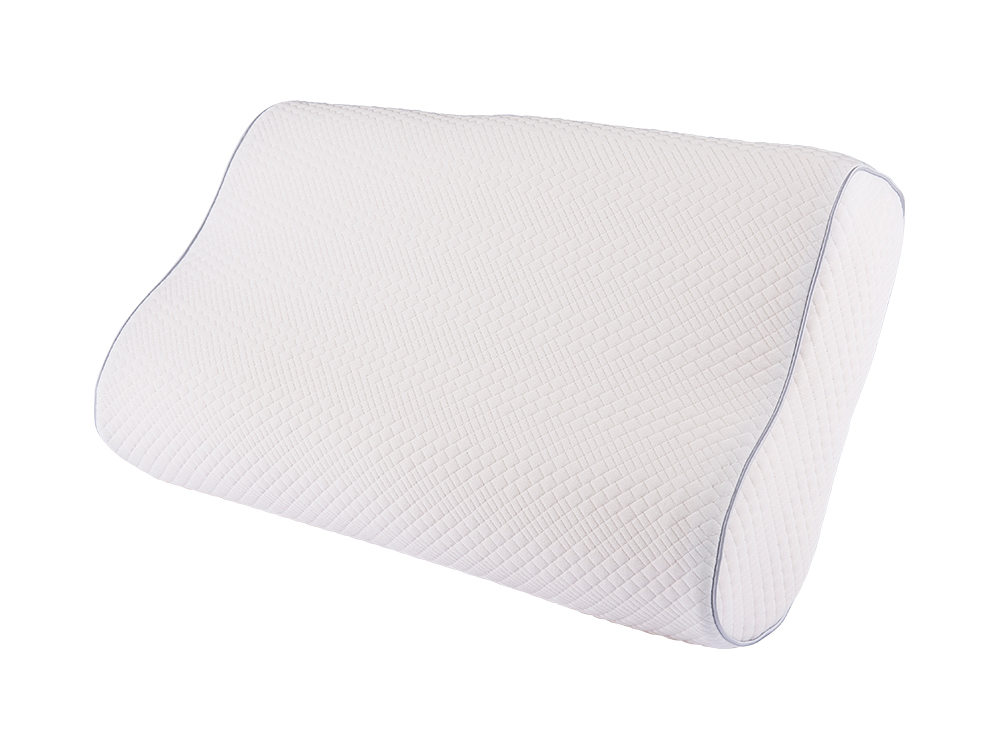
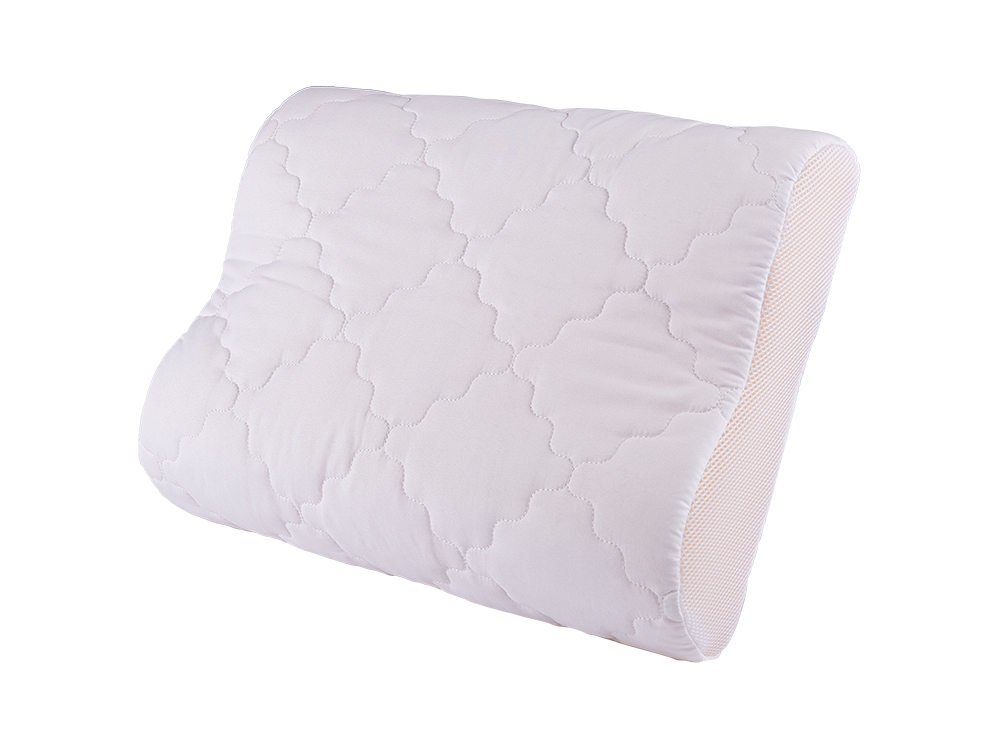

 +86-573-88798028
+86-573-88798028